Mount Kilimanjaro can be climbed year-round, but certain months offer better weather, higher summit success rates, and fewer crowds. Several factors influence the ideal climbing period, including temperature, trail conditions, crowd levels, and gear requirements, but weather, especially rainfall, has the greatest impact.
Located in an equatorial climate zone, Kilimanjaro experiences only two distinct seasons: wet and dry. Each season offers unique advantages, so choosing the right timing is crucial.
In this article, you'll learn about Kilimanjaro's climbing seasons, the pros and cons of each, a detailed month-by-month overview, and expert recommendations to help plan your climb.
Kilimanjaro's climbing seasons
Mount Kilimanjaro has two primary climbing seasons that match Tanzania’s dry periods: January to mid-March and June to October. These months generally offer better weather and drier trail conditions for climbing Kilimanjaro.
The rainy seasons, from late March to May and from November to late December, bring increased precipitation. This makes the trails more slippery and summit conditions harsher, often with snow and ice. Hikers need additional high-quality rain gear to feel comfortable on the mountain.
Climbing during dry seasons
The dry seasons on Kilimanjaro — from January to mid-March and June to October — are considered the best times to climb. During these months, the mountain is typically bathed in sunshine, with clear blue skies and only occasional light rainfall. Conditions on the mountain are more predictable, and the overall experience tends to be more comfortable, especially at higher altitudes.
Pros:
- Clear skies and stunning views
- Higher summit success rates due to better weather
- Comfortable dry trails
Cons:
- High demand means routes like Marangu, Machame, and Lemosho can be crowded
- Campsites on the mountain may feel busy
- Trails can get dusty, especially in the absence of rain
Climbing during the rainy seasons
The rainy seasons — from late March to May and from November to December — bring a different kind of beauty to the mountain. The landscape turns lush and vibrant, and the slopes are much quieter, offering a more secluded and introspective experience for those who don’t mind the weather.
Pros:
- Very few climbers and a peaceful atmosphere
- Green, blooming scenery along the lower slopes
- Lower prices and seasonal discounts
Cons:
- Slippery trails and potentially harsh summit conditions (snow, wet rocks)
- Frequent rain, especially in the forest zone
- Need additional quality gear to stay dry and warm
Expert Tip
For those looking to avoid crowds while still enjoying good climbing conditions, the shoulder seasons in early March, early June, and late October are excellent times to consider. Based on our data from thousands of expeditions, these transitional periods often bring good conditions and fewer climbers on the trails.

Month-by-month overview
Kilimanjaro in January
Mid-January marks the start of one of Kilimanjaro’s drier periods. The weather is typically mild and stable, making it a popular time for climbing. Trails tend to be busy, especially around New Year, so it’s a good idea to book early if you're planning a holiday-season trek. Conditions are comfortable overall, but expect company at campsites and on the trails.
Kilimanjaro in February
February is the warmest month on Kilimanjaro*, with mild daytime temperatures, minimal precipitation, and frequent clear skies. Conditions are stable and comfortable, making it one of the most pleasant times to be on the mountain. Trail traffic remains high, similar to January, so campsites and paths can feel busy. Still, the excellent weather and scenic views make February a popular choice for many climbers.
*Because Kilimanjaro is near the equator, the difference between summer and winter temperatures is relatively small, typically around 5–10°C (9–18°F).
Kilimanjaro in March
March begins with decent weather. However, as it progresses, the long rainy season approaches, and showers become more likely, particularly in the rainforest zone. It's a transitional period: still a good option, especially in the first half of the month. However, the weather on Kilimanjaro can be unpredictable, so quality rain gear is essential. Fewer climbers choose this time, making for a quieter experience.
Kilimanjaro in April
April is one of the wettest months on Kilimanjaro, firmly within the long rainy season. Daily rainfall is common, and higher elevations often see snow or sleet. This is the quietest time on the mountain, offering rare solitude, but the conditions require serious preparation — waterproof gear and insulated layers are essential. April is best suited for experienced trekkers who welcome the challenge and don’t mind the weather.
Kilimanjaro in May
Rainfall typically continues through the end of May, but conditions are often more variable. Showers tend to occur in the afternoon or at night, and it’s sometimes possible to move between camps without getting wet. The mountain remains quiet, offering a rare sense of solitude and a more personal trekking experience. Snow is common at higher elevations, adding dramatic beauty to the summit landscapes.
For those climbing during this season, the Rongai Route is a popular choice thanks to its location on the drier northern side of the mountain, which lies in the rain shadow of Kilimanjaro. This area receives less precipitation than the southern slopes, making trekking conditions more stable. Another good option is the Marangu route with its hut accommodations.
Kilimanjaro in June
June brings the start of the long dry season. Clear skies are common, with little rainfall and cold nights above 3,500 m (11,500 ft). The air feels crisp, and visibility is excellent, especially early in the morning. While climber numbers are rising, June is still less crowded than July or August, making it a favorite among outfitters for its calm, stable conditions.
Kilimanjaro in July
July is part of the high season, and trail traffic increases steadily. The weather is dry and cool, with very little chance of rain — ideal for long hiking days. Campsites can be busy, especially on popular routes like Machame and Marangu, so booking early is essential. Although it’s not the warmest month, the clear mountain atmosphere and group camaraderie make for a great experience.
Kilimanjaro in August
One of the busiest months of the year, August sees many international travelers taking advantage of summer holidays. Conditions remain stable, with comfortable dry weather, but some trails can get dusty. The mountain feels lively, and while crowd levels are high, especially on Marangu, Machame, and Lemosho, some climbers find the energy motivating. For a quieter option, also consider the Rongai or Northern Circuit routes.
Kilimanjaro in September
Often called the “ideal” month by experienced guides, September balances good weather with slightly fewer crowds than August. While it’s still a popular time, the experience rarely feels overwhelming. If you’re looking for great conditions without peak congestion, the end of September is a strong pick.
Kilimanjaro in October
October starts out dry, especially in the first two weeks, but by the second half of the month, short rains may begin. Trail traffic tapers off slightly compared to the high season, which many climbers see as a bonus. Conditions vary more than in previous months, so packing layers and waterproof gear is key. October offers a nice balance of space and scenery — especially for those willing to take a bit of weather uncertainty in stride.
Kilimanjaro in November
The short rainy season returns in November, bringing more moisture to the forest and moorland zones. While rain is likely, it’s often light and concentrated in the afternoon, rather than constant. The mountain is very quiet this month, and the atmosphere can feel almost meditative. For well-prepared climbers, November is a good time to avoid crowds and experience a more primal side of Kilimanjaro.
Kilimanjaro in December
December falls within the short rainy season, and showers often continue through the end of the month. Despite the weather, climbing traffic increases significantly from the 20s onward, as many trekkers aim to summit around Christmas or New Year. Even during the holiday peak, rain is common, especially in the rainforest zones, so proper waterproof gear is essential. Early reservations are helpful for planning, but availability is generally not an issue.
What is the best month to climb Mount Kilimanjaro?
There’s no single best month to climb Mount Kilimanjaro — each season offers unique advantages. Traditionally, January, February, and September are known for dry, stable weather and clear skies, but in recent years, January and February have brought more rain than expected.
Some of the best climbs happen during the quieter shoulder seasons in early March, early June, and late October, when conditions are still favorable but with far fewer people on the trails.
“There are no easy mountains, and Kilimanjaro is not an exception. You need serious preparation at any time of the year”.
Nims, after a trip with Altezza Travel, 2024
When is Kilimanjaro the most crowded?
August is usually the busiest month on Kilimanjaro. It coincides with summer holidays in Europe and North America, drawing large numbers of international trekkers. Campsites fill up quickly, and popular routes like Machame, Marangu, and Lemosho can feel congested, especially around Barafu and Barranco camps. While the energy on the mountain can be exciting, those seeking solitude may prefer shoulder seasons or opt for less-traveled routes like Rongai or the Northern Circuit.
Full moon climbs
Summiting under a full moon is one of Kilimanjaro’s most memorable experiences. The moonlight often provides enough natural illumination to hike without a headlamp, especially above the cloud line. This not only enhances visibility but also adds a surreal, dreamlike quality to the final push to Uhuru Peak. Full moon dates tend to be in high demand, so early planning is recommended.
Starry night climbs
For those who prefer darker skies, climbing around the new moon offers an equally breathtaking experience. With almost no light pollution and clear mountain air, the night sky over Kilimanjaro reveals an extraordinary view of the Milky Way and southern hemisphere constellations. Stargazing from high-altitude camps can be a magical part of the journey — and a highlight for photography lovers.
Holiday climbs
Christmas and New Year are among the busiest times on Kilimanjaro. Routes, camps, and park gates see a major spike in activity, and prices for tours and lodging may also rise. If your schedule allows, consider avoiding peak holiday periods for a more peaceful and flexible experience. If you do plan a holiday summit, be sure to book well in advance.
Recommended time to climb
Altezza Travel has organized thousands of expeditions over more than 10 years. Based on this extensive experience, our experts recommend:
- Best weather: January–February or June–October
- Fewer crowds: Consider climbing in early January, September, or shoulder seasons (early March, early June, late October).
- Budget-friendly climbs: March and November offer lower prices, though climbers should be prepared for rain.
Expert Tip
In 2024, Altezza Travel analyzed data from 50,000 Kilimanjaro climbers across all major routes. We found that starting the trek on a Wednesday or Thursday helps you avoid the busiest crowds, offering a quieter, more enjoyable experience on the mountain.

When not to climb Kilimanjaro?
April and May are the least recommended months due to the long rainy season. Heavy rains are common, especially in the afternoons and at night, leaving trails more difficult to navigate. Snowfall is frequent at higher elevations, and clouds often obscure summit views.
Still, this is the only time of year when Kilimanjaro resembles what it looked like 50 years ago — quiet, snow-covered, and free from crowds. For experienced trekkers seeking solitude or photographers hoping to capture the mountain in its raw, dramatic state, April and May can offer a rare and rewarding adventure. Just be prepared for challenging conditions and bring proper rain and cold-weather gear.
All content on Altezza Travel is created with expert insights and thorough research, in line with our Editorial Policy.
Want to know more about Tanzania adventures?
Get in touch with our team! We've explored all the top destinations across Tanzania. Our Kilimanjaro-based adventure consultants are ready to share tips and help you plan your unforgettable journey.















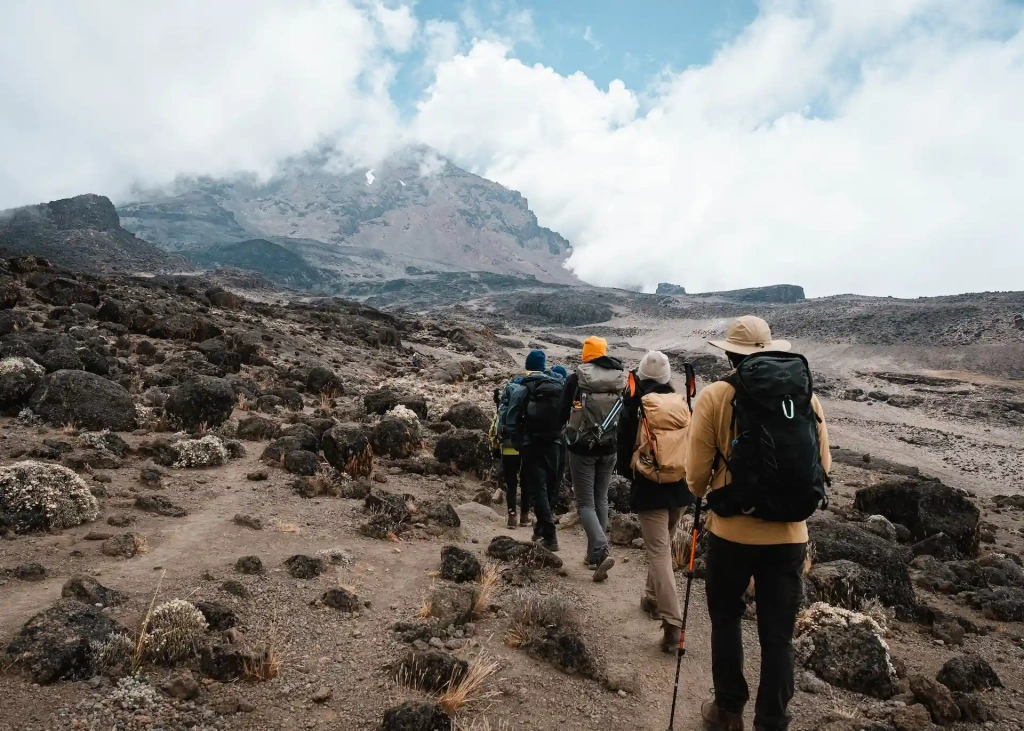
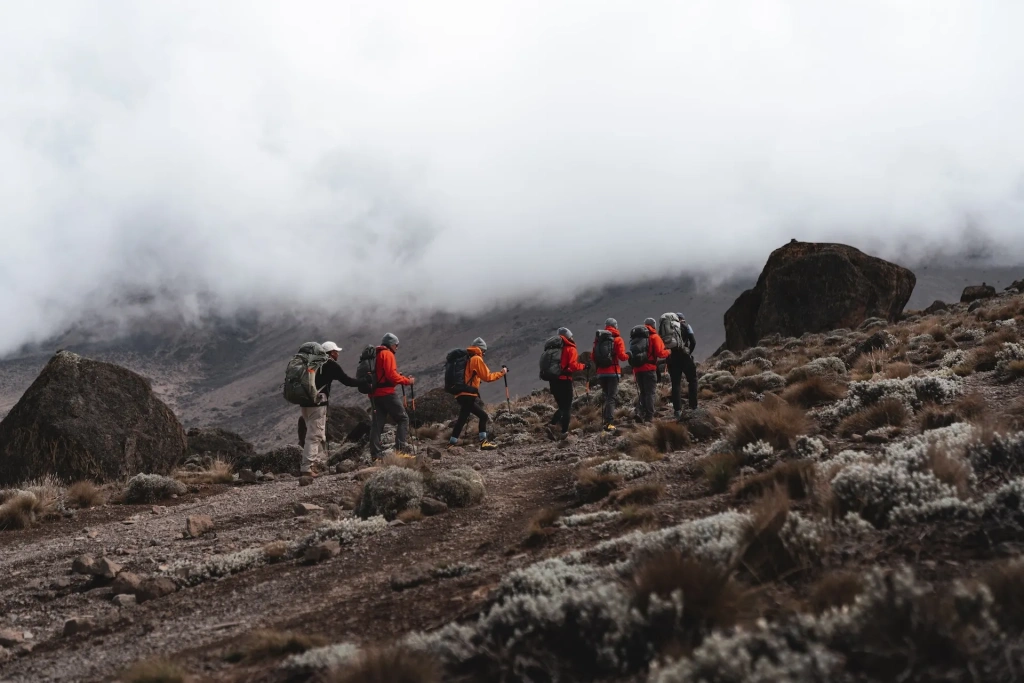
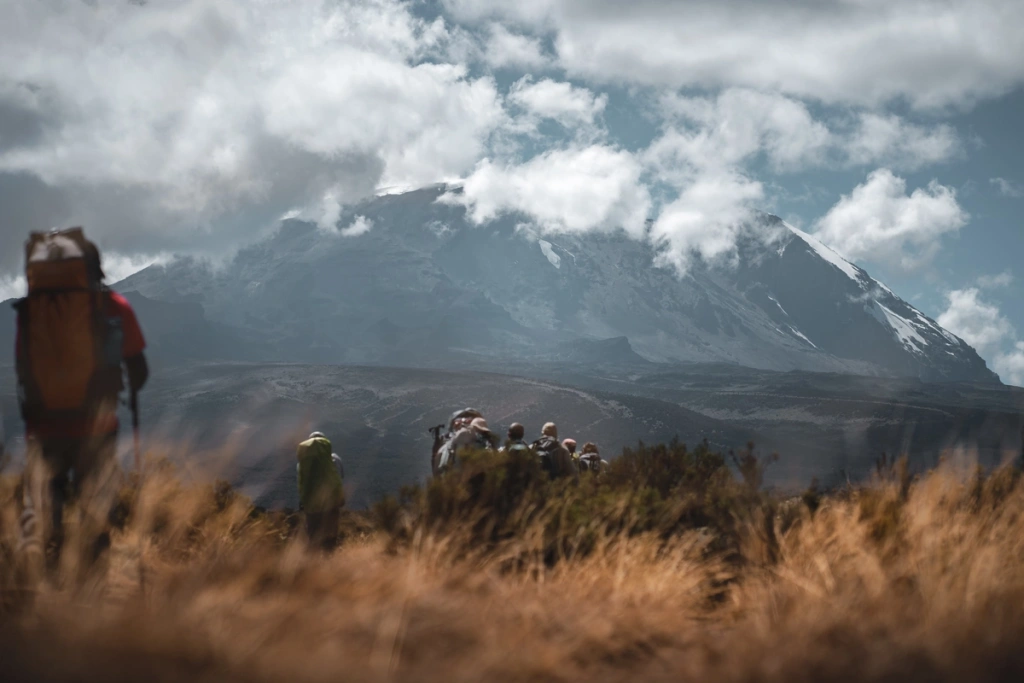
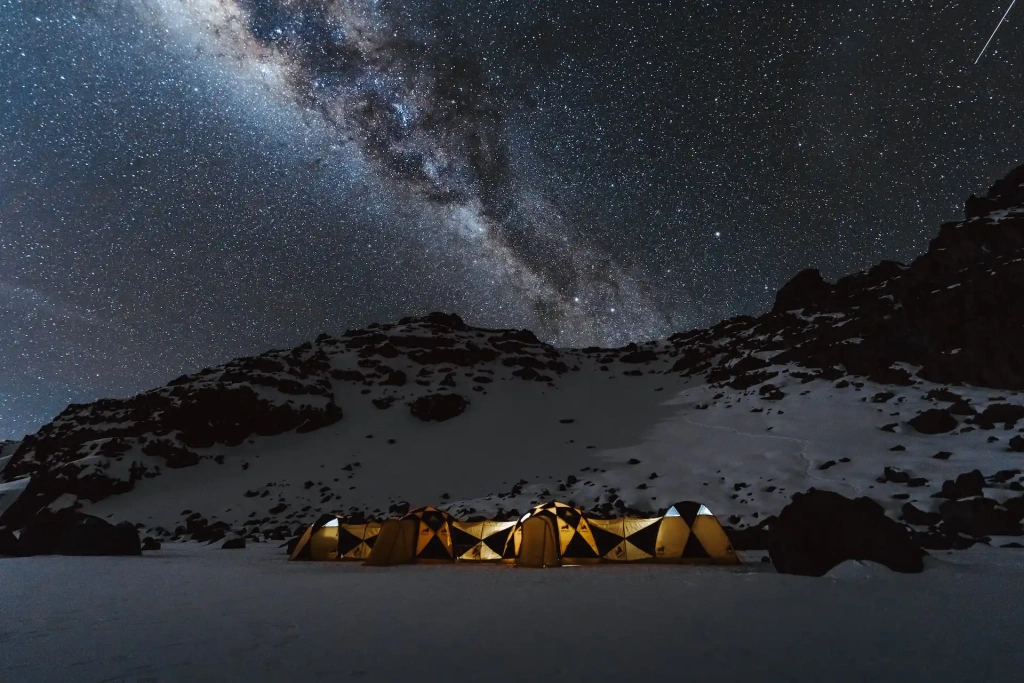
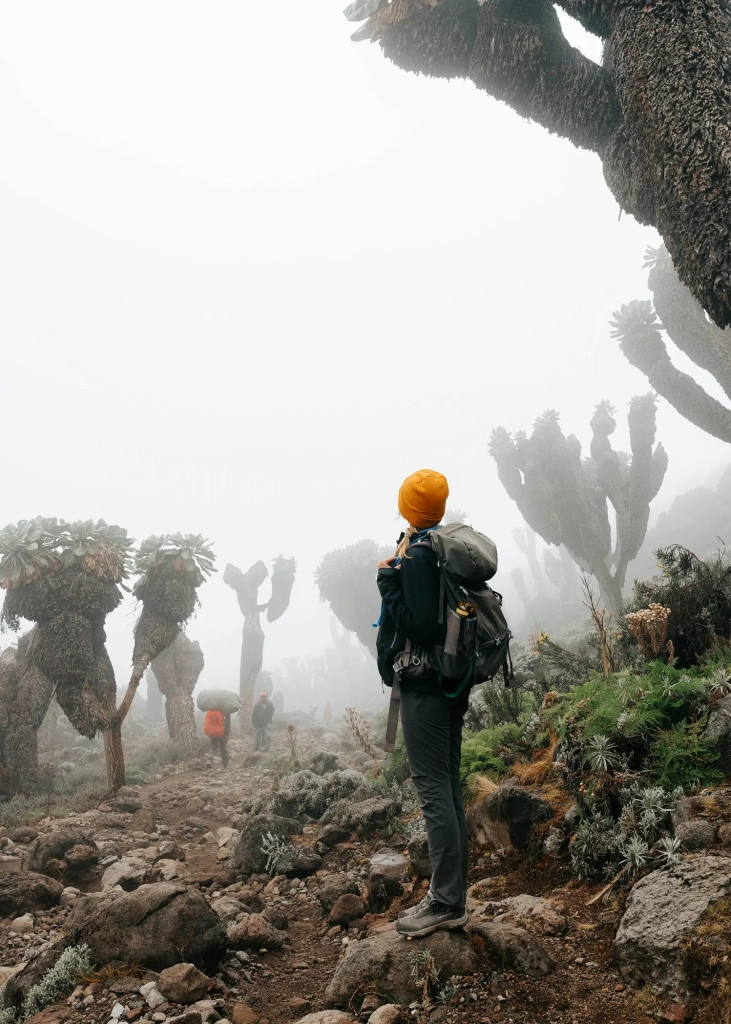
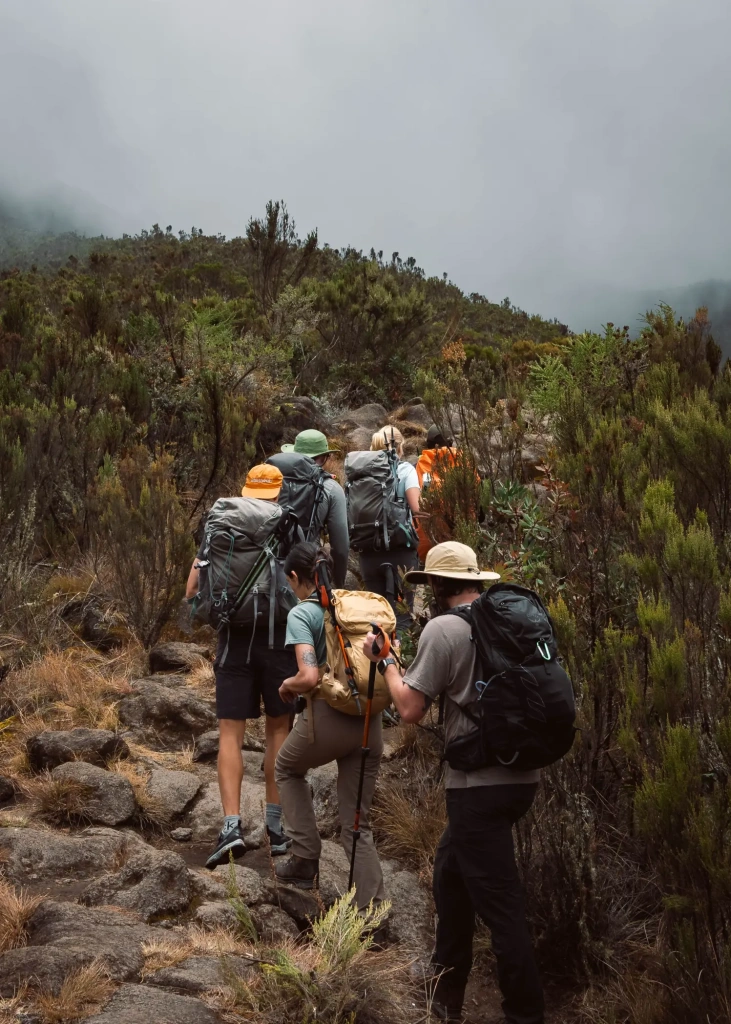

September is definitely one of the best times to climb Kilimanjaro. It typically has dry weather, clear skies, and great summit conditions. But it can get busy, especially on popular routes like Lemosho, Machame, and Marangu (although not as busy as August). For decent weather and fewer crowds, we often recommend shoulder seasons:
Which months should I consider for climb if I want to see snow on the top of Kilimanjaro?
Thanks for the article:) So, when it's most crowded is clear, but when is Kilimanjaro least crowded?
1. Start your expedition on Wednesday or Thursday. Based on our analytics from the last three years, these are the least busy days, with half the crowd compared to the rest of the week.
2. Choose the most remote route - Rongai. Eight times fewer climbers choose this route compared to Machame or Marangu. However, near the Summit Camps area, it will merge with the Marangu route. The descent on this route also goes via Marangu, so you will only avoid crowds on the way up.
3. Avoid peak seasons - July to September, and January to February. The best time to climb is just before or after the high season - like the first part of March, the beginning of June, or the end of October - when the weather is still good, but there are much fewer climbers on the trails.